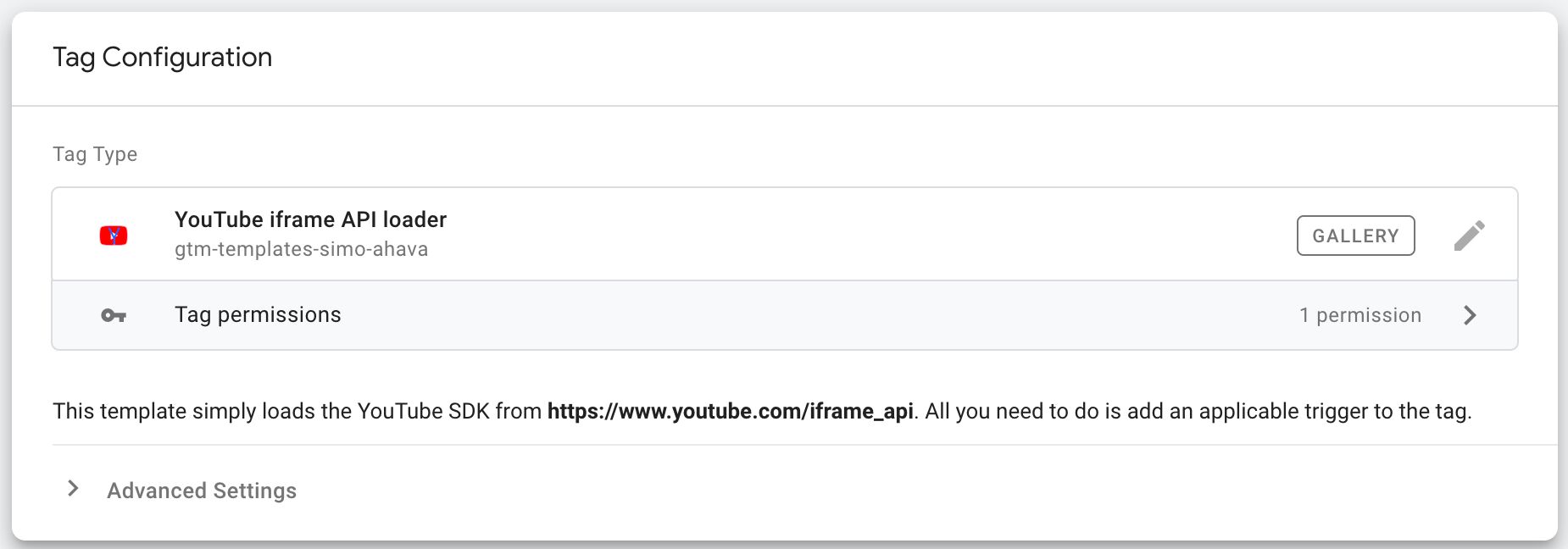
Consider this embedded video from the beauty blog “Into the Gloss.” Visitors can watch the YouTube video within the blog post without leaving the page.Įmbedded videos keep users on your page-which is ideal for landing pages or blog posts where you want to share information, but avoid losing the viewer to another page. You’ve probably encountered embedded videos.

What Does It Mean to Embed a Video?Īn embedded video pulls or borrows the video content from the original platform.įor instance, your video is hosted on YouTube, but site visitors can watch it on your webpage. But first, let’s look at what, exactly, it means to embed or link to a video. If you want to include videos on a website, the better option is to embed videos. When readers click the link, they are redirected to the page where the video is hosted. In contrast, linking a video shares the URL of the video. Visitors can watch the video on your website without leaving the current page. Let’s discuss the difference between embedding and linking videos.Īn embedded video lets you borrow the video from another platform. What’s Better: To Embed Videos or Link to Them? Which method should you choose? This article will compare the pros and cons of embedding or linking videos on your website and its SEO benefits. While both help you leverage the power of video marketing, they can have a distinct impact on the searchability of your video content.

There are currently two ways to place videos on your landing pages or website-link or embed videos. In fact, 78% of video marketers say video directly increases sales. Video is a powerful marketing tool-it can drive traffic, leads, and (most importantly) revenue.


 0 kommentar(er)
0 kommentar(er)
